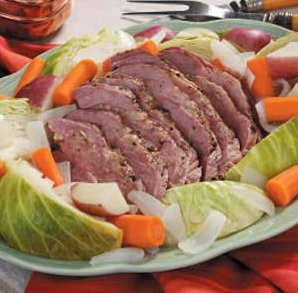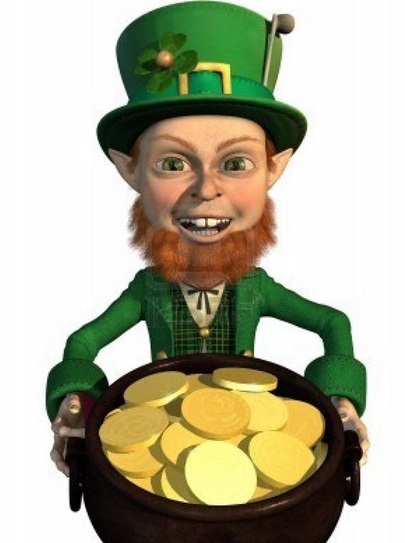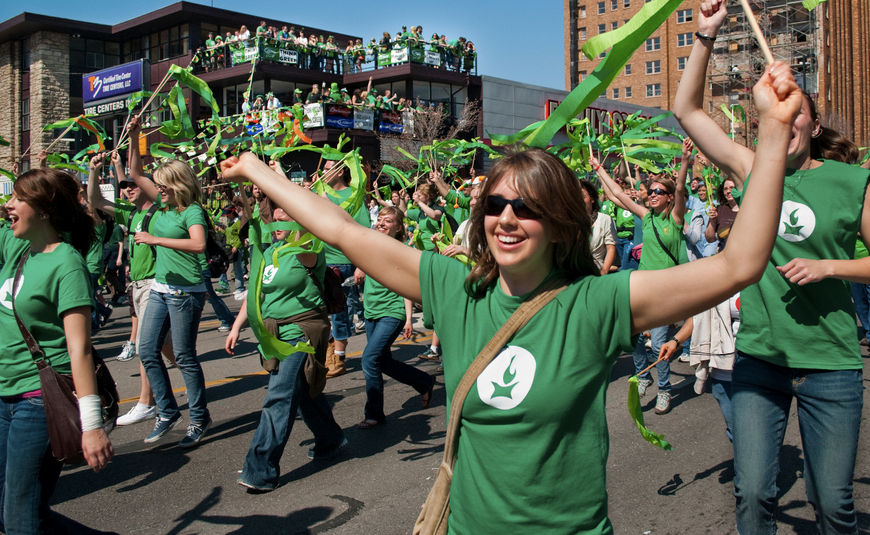5 Facts You May Not Know About St. Patrick’s Day
Today everyone claims to be Irish, but there are more to the traditions of this holiday than you may know. We’ve found some interesting facts about St. Patrick’s Day we’d like to share with you.
Corned Beef and Cabbage is Not Irish?
This traditional St. Patrick’s Day fare is not Irish but it is an Irish-American dish. It?s derived from the Irish entre, Bacon and Cabbage back bacon (a traditional British cut of bacon) boiled with cabbage and root vegetables. Pigs and cabbage were readily available in Ireland, but cows were not. There are a few explanations for this: some say in the early 20th century Irish laborers were lured to bars that offered a free meal of corned beef and cabbage. Others say early Irish immigrants were drawn to their Jewish comrades’ corned beef because it was comparable to the back bacon they were accustomed to.
Leprechauns
Here’s a little known fact about the mythical little people: they’re protected by European law to prevent extinction. The leprechaun is on a list of items in an area near Carlingford, Ireland designated to preserve the heritage, culture and folklore. It is on a site where a leprechaun was allegedly spotted in 1989.
Drinking
St. Patrick’s Day falls during Lent, the six week period before Easter in which people of Christian denominations give up indulgences. St. Patrick’s Day in Ireland is used as a break from the fast in which people can partake in excesses like drinking alcohol or eating chocolate; however, until the 1970s, by law pubs in Ireland were closed for the holiday.
Green
There are many explanations for why we wear green on St. Patrick’s Day. One allegation is that it’s worn by fairies and immortals and by farmers to help their crops grow. A more plausible explanation is that St. Patrick used the three leaves on a shamrock to explain the Holy Trinity so people started wearing shamrocks. That little piece of green evolved into a symbol of pride and nationalism and why we wear green to honor the Irish now.
Parades
The St. Patrick’s Day parade did not start as an Irish tradition. It’s a religious holiday a day of feast and in Ireland the day is spent at church and with the family. The first record of St. Patrick’s Day parade was in 1762 when a group of Irish men marched to a tavern in lower Manhattan in New York City. Today it’s the biggest St. Patrick’s Day parade; it attracts more than two million spectators every year.








